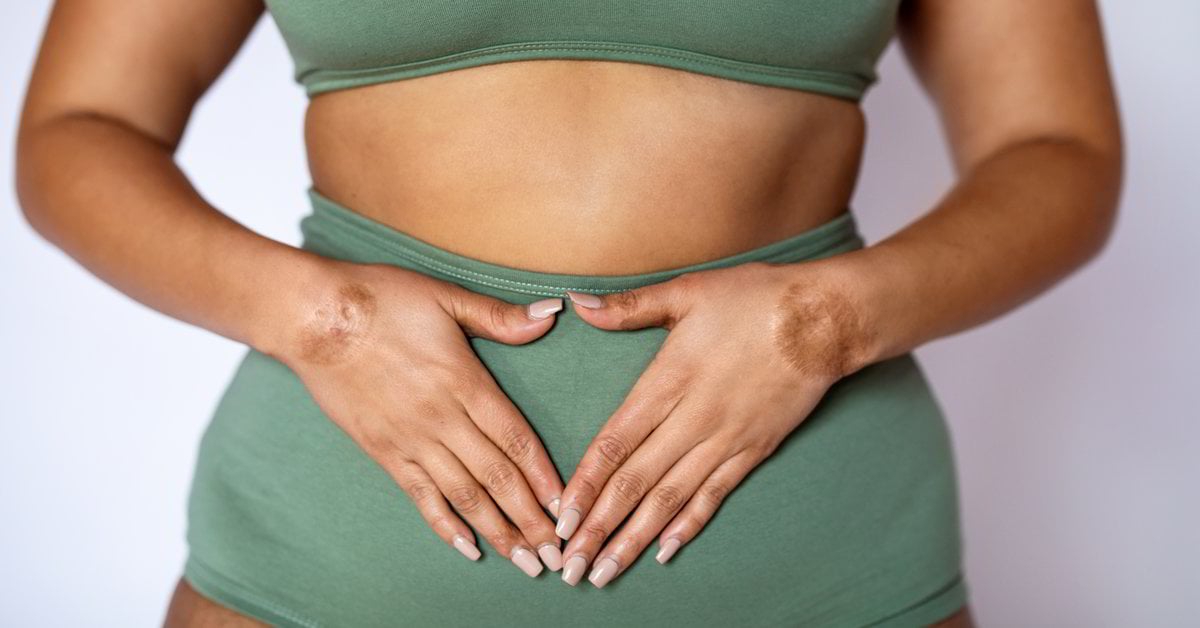
In accordance with lower reactivity, CS-Cys-Cys-coated SLN were immobilized to a lower extent than CS-Cys-coated SLN, while CS-Cys-MNA-coated SLN dissociated from their coating material resulting in a similar diffusion behavior as plain SLN. The strength of mucus interaction followed the rank order plain < CS < CS-Cys-Cys < CS-Cys < CS-Cys-MNA, whereas mucus diffusion followed the rank order CS-Cys < CS-Cys-Cys < CS < CS-Cys-MNA < plain. Unmodified CS, l-cysteine-modified thiolated CS (CS-Cys), 6-MNA-S-protected thiolated CS (CS-Cys-MNA), and l-cysteine-S-protected thiolated CS (CS-Cys-Cys) were applied as coating materials to solid lipid nanoparticles (SLN).
FEMALE FLUID RELEASE FREE
Free thiol groups were protected with highly reactive 6-mercaptonicotinic acid (6-MNA) and less-reactive l-cysteine, respectively, via thiol/disulfide-exchange reactions. In the present study, chitosan (CS) was thiolated by introducing l-cysteine via amide bond formation. Keywords: Clotrimazole, solid dispersion, HPMC K100M, Eudragit L100, Sodium CMC. The drug release of all batches followed the Korsmeyer-Peppas kinetic model, and the mechanism was found to be non‐Fickian/anomalous. The release and flux were nearly comparable to marketed tablet i.e., Candid-V6. Ex vivo diffusion studies using sheep vaginal membrane showed 43 to 59% in 6h in simulated vaginal fluid. The in vitro and ex vivo release of all 9 batches showed between 61 to 78% release in 8h. Eudragit L100 was shown to increase the swelling and mucoadhesive strength of the tablet, i.e., 3.03 and 3.29 g. HPMC K100 M increased the solubility of clotrimazole in simulated vaginal fluid at pH 4.5. FTIR spectra showed there was no interaction between the drug and the excipients. All tablet batches were evaluated for weight variation, hardness, friability, drug content, swelling index, in vitro drug release study, ex vivo diffusion and mucoadhesive strength. Solid dispersions were evaluated for saturation solubility. Tablets were prepared by the wet granulation method. A combination of mucoadhesive polymers like HPMC K100M, Sodium CMC, and Eudragit L100 were used in different ratios prepare solid dispersions to enhance its solubility. The aim of this study was to prepare mucoadhesive vaginal tablets of clotrimazole for treatment of vaginal candidiasis. Results confirmed that CSP hydrogels could be proposed as promising candidates for the treatment of VVC.

In addition, tolerance of formulations was studied by histological analysis. Antifungal efficacy against different strains of Candida spp. Drug release profile and ex vivo vaginal permeation studies were performed. The formulations were physically, mechanically and morphologically characterized. CTS was used by its mucoadhesive properties and P407 was used to exploit potential advantages related to increasing drug concentration in order to provide a local effect.

The present study was designed to develop and characterize three hydrogels of chitosan (CTS), Poloxamer 407 (P407) and a combination of both containing 2% caspofungin (CSP) for the vaginal treatment of VVC. Although most patients respond to topical treatment, there is still a need for increase the therapeutic arsenal due to resistances to anti-infective agents.

It is manifested as changes in vaginal discharge, irritation, itching and stinging sensation. Vulvovaginal candidiasis (VVC) poses a significant problem worldwide affecting women from all strata of society. The method is highly flexible in terms of barrier composition, choice of probes and membrane active compounds. Proof-of-principle is presented that WIND-PVPA can be used to evaluate the lipid barrier destabilizing effect of active guest molecules by measuring changes in passive water- and ion permeabilities upon exposure. The results obtained are compared with explicit molecular dynamics simulations of lipid bilayers, AMPs, water and salt, where the motions of all individual water molecules relative to the lipid bilayer are monitored over the course of the simulations, allowing the calculation of theoretical apparent permeability constants of the corresponding single bilayer systems. WIND-PVPA is demonstrated using four anti-microbial peptides, to show that membrane active molecules can be differentiated by their disruptive influence on the PVPA system.

NMR spectroscopy is used to quantify the water directly (D2O) and the ions indirectly (complexed with EDTA) as a function of time. The apparent permeability constants of water- and ions across the PVPA barriers are determined in a one-pot experiment under the influence of membrane-active guest molecules. Water/Ion NMR Detected – Phospholipid Vesicle Permeability Assay (WIND-PVPA), is presented as a novel, straightforward and automatable method to assess lipid barrier integrity in vitro.


 0 kommentar(er)
0 kommentar(er)
